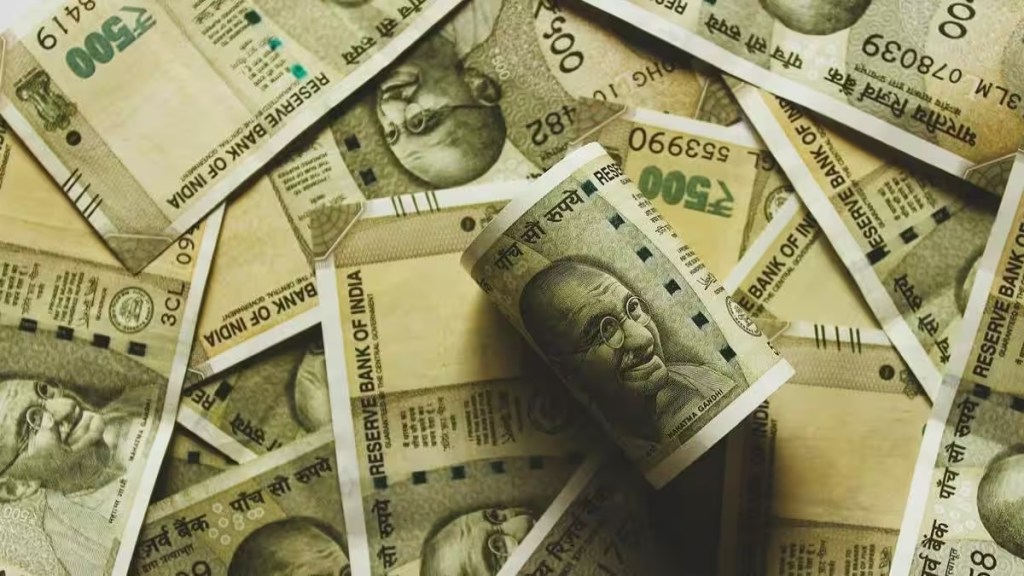By Anubhuti Sahay
India’s Monetary Policy Committee (MPC) is widely expected to deliver a status quo decision following its December 6-8 meeting. The repo rate is likely to be held at 6.5%, while the stance is likely to be maintained at ‘withdrawal of accommodation’. However, the MPC will stay vigilant on inflation amid the increased frequency of food price shocks and the likelihood of inflation surging back towards the 6% mark in the near term. Since December 2019, the dips in headline CPI below the 6% mark have not been sustained. The MPC is mandated to keep headline CPI in the 2-6% range with 4% the medium-term target.
While the frequency of CPI breaching 6% has come down significantly—38% in the last 12 months versus 70% over September 2021-22—it underlines headline CPI’s high sensitivity to food prices. Frequent weather shocks have repeatedly led to price pressures, especially in perishables (vegetables) and/or in staples (pulses and cereals). Cereals inflation has averaged c.14% since January 2023 while pulses inflation has been c.10%.
While vegetable inflation has averaged low single digits, its volatility has been a source of constant surprise to the markets and has more than offset the respite from lower core-core (core excluding transport and communications) inflation. Core-core inflation has settled below 5% over the last two months after staying in the 5.5-6.5% range from February 2022-July 2023.
Recent sowing data on winter crops and reservoir levels have not been encouraging either. Winter crop sowing as of November 30 shows that area under coverage is down across crops—by 5% relative to the previous year. Wheat sowing is down by 5% amid a backdrop of a continued increase in wheat prices (up 3% m/m between October and November).
If rainfall improves and sowing eventually picks up (summer crop harvesting has been delayed this time around due to inadequate rainfall), this will provide some relief. While wheat stocks are above the buffer norms, better clarity on wheat sowing could be a determinant in public officials’ strategy on stock offloading and thus price management, in our view.
Equally importantly, area under pulses is down by 9.5% versus last year. Low reservoir levels in key pulse-producing states remains a worry. Maharashtra—which accounts for 26% production of a key winter pulse (gram)—is witnessing the lowest reservoir levels since 2018.
With gram and its derivative products having a weight of 0.47% in the CPI basket, any upside price pressures on gram could limit a fall in the price of pulses in Q4 given already higher prices of tur (another variety of pulses with a weight of 0.79% in the CPI basket). One should remain watchful of these risks.
While the recent increase in vegetable prices is expected to subside in Q4-FY24 (quarter ending March 2024) as fresh crop arrival leads to a moderation in average CPI to 5.2% from 5.6% in Q3, persistent food price shocks are likely to keep the MPC wary. The governor has repeatedly highlighted that the MPC’s target on inflation is at 4% after the first milestone of bringing inflation back to the band is achieved.
It is to be believed that there is still some time before victory on the first milestone can be declared convincingly. Thus, the MPC’s vigilance on inflation is unlikely to come as a surprise to the market.
The focus on inflation containment is also justified amid still-strong growth momentum. While the recent Q2-FY24 GDP print at 7.6% surprised positively, weakness in private consumption expenditure remains a concern. Private consumption expenditure contributes 57-58% of overall GDP and has grown at an average of just 3.5% in the last four quarters. We believe high inflation, especially food prices, is weighing on consumption in rural areas. Spending on food and beverages in rural areas is c.54% of their total spending, much higher than 36% in urban areas.
With food prices persistently high, real wage growth in rural areas has remained negative, likely leading to slower consumption demand. Thus, a revival in consumption expenditure driven by inflation containment is a pre-requisite to sustain the growth momentum. It can therefore be expected that the Reserve Bank of India (RBI) will continue to keep liquidity tight. Markets will await clarification on the timing of possible OMO bond sales, which the governor highlighted at the previous meeting.
To summarise, the MPC is likely to remain vigilant on inflation risks. That said, it is not expected to sound overly hawkish. Recent disinflation in core-core inflation, driven by both goods and services, is comforting and creates a buffer for absorbing shocks from food prices. However, the tone from the MPC is likely to push back strongly against expectations of rate cuts in India amid the recent decline in global yields and increased expectations of Fed rate cuts in H1-2024 rather than H2-2024. The first rate cut from the MPC can be expected in June 2024. It can also be expect that the rate cutting cycle will be shallow (a total of 50bps in 2024), as achieving a 4% inflation target on a sustainable basis is unlikely in a fast-growing economy like India.
(The author is Head, South Asia, economics research, Standard Chartered Bank)
